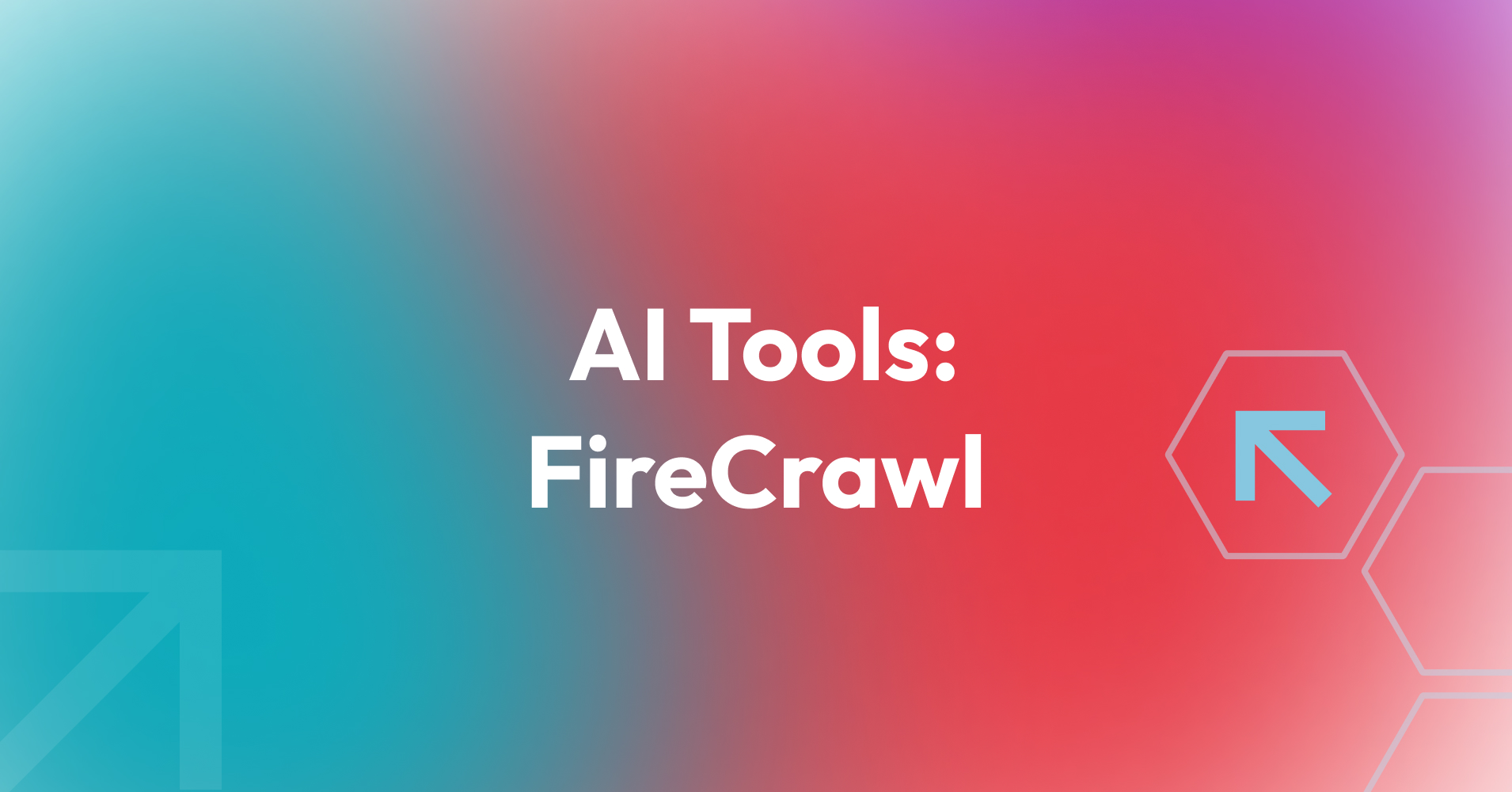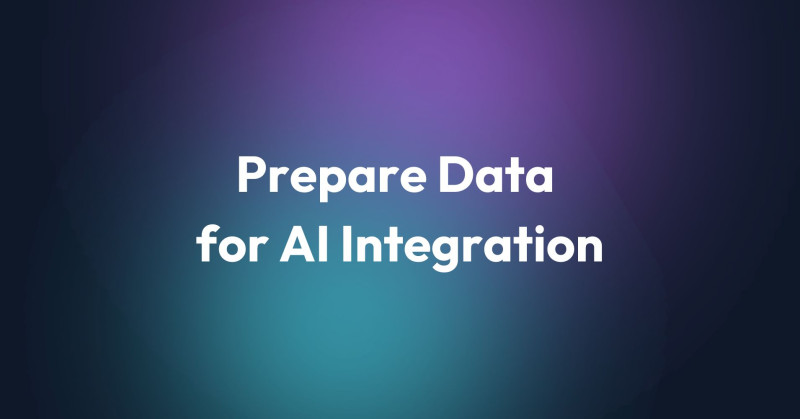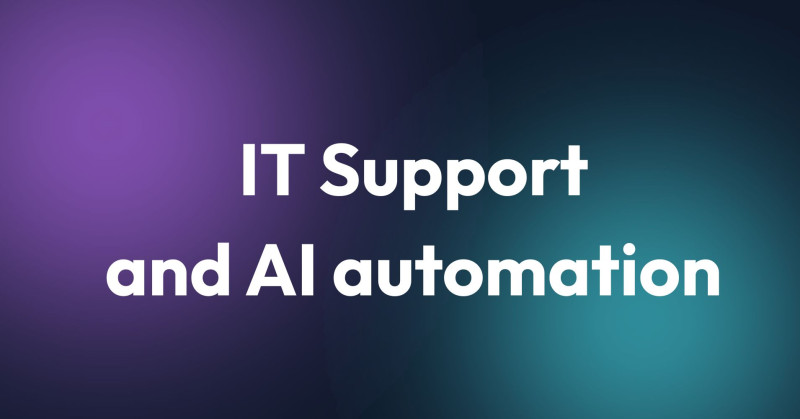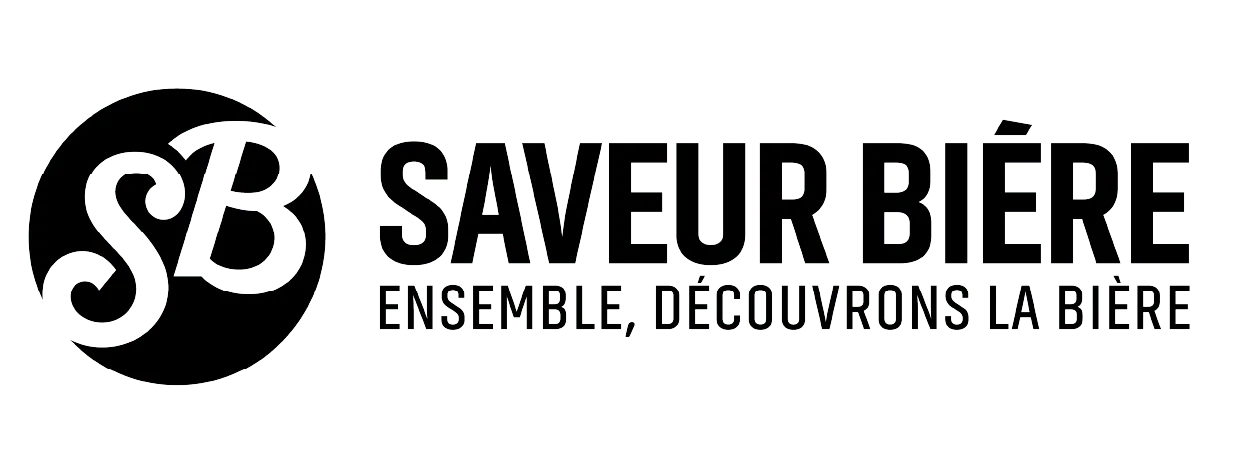In recent days, I had the chance to test FireCrawl – an advanced web scraping tool natively integrated with language models. I took a comprehensive approach: analyzing features, configuration options, and limitations of the solution.

What Is FireCrawl and What Makes It Unique?
FireCrawl is a tool for automatic data extraction from websites, distinguished by its built-in AI integration. Unlike traditional crawlers, it not only downloads content but also transforms it into formats that are more friendly for further processing by LLMs. This enables advanced interpretation, filtering, and transformation of web content.
Users can define the desired output format such as markdown, HTML, rawHtml, screenshots, links, or JSON.
Core Features of FireCrawl
Crawl
Recursively scans subdomains and internal links to get a full picture of the website.
Extract
Extracts content from single pages, multiple pages, or entire domains. You can define both user and system prompts to retrieve specific information. For instance, asking "Who is the CTO?" after scanning a website may provide the correct answer even if it's not explicitly stated, by interpreting contextual clues.
Scrape
Converts web pages into defined formats (e.g., markdown, JSON) or generates screenshots. You can also extract specific data using prompts and track changes over time.
Search
Acts as a search engine. Type in a query (e.g., "primotly company services") to get a list of matching pages ready for scraping or transformation.
Map
Quickly collects all available links on a given page.
Actions
Allows user-like interactions (e.g., clicking buttons, expanding sections) before scraping. This is essential for dynamic websites.
AI Integration and Configuration Options
Each feature comes with extended configuration settings – for example, excluding specific HTML tags. FireCrawl integrates with external tools like Make.com, n8n, and offers SDKs for Python, Node.js, Go, and Rust.
Note: FireCrawl uses a single, predefined LLM model. You cannot choose or change the underlying model.
Two versions are available:
Open source (AGPL-3.0 license)
Hosted version (includes additional premium features)

Limits and Pricing
Free plan: up to 500 pages/month
Paid tiers: available via subscription
Extract feature: billed separately
Webhook support: enables asynchronous task execution
Practical Use Cases
FireCrawl shines in scenarios requiring fast, automated data collection for further analysis or use:
Gather structured data for CMS, BI dashboards, or chatbots
Summarize news or industry reports automatically
Build dynamic content feeds from competitor or industry sites
Extract and convert client or product information from websites
Prompt customization and format configuration unlock more advanced workflows and automation potential.
Challenges and Limitations
Exported markdown included excessive line breaks, reducing readability (especially for humans)
No option to switch the LLM engine
Processing time depends heavily on data volume and page complexity
Async workflows recommended for performance optimization
Summary: Pros and Cons of FireCrawl
Pros:
Native LLM integration with prompt-based extraction
Multiple scraping modes (crawl, extract, search, map)
Robust API and SDK support
Open source option + hosted plan with more features
Interactions on dynamic websites via “Actions”
Cons:
No ability to choose LLM model
High costs possible for large-scale usage
Formatting issues in some output types
Performance depends on input data and processing task
Extract feature has separate pricing and limits
FAQ – FireCrawl and AI Web Scraping: Common Questions
What is FireCrawl?
A smart web scraping tool that uses LLMs to extract, interpret, and format web content for further use.
What kind of data can FireCrawl collect?
Text content, links, HTML structure, screenshots, metadata, and more – depending on how you configure prompts and output formats.
Is FireCrawl free to use?
Yes, there's a free plan with up to 500 pages per month. More advanced features require a subscription.
Can I use my own language model?
No. FireCrawl runs on a single, predefined LLM model and doesn’t support external LLM configuration.
Does it integrate with other tools?
Yes. It supports Make.com, n8n, and offers SDKs for multiple programming languages including Python and Go.
What are the main business use cases?
Market research, competitor monitoring, automated news summarization, onboarding chatbot content, or CRM data enrichment.
Does FireCrawl work with dynamic websites?
Yes. The “Actions” feature lets you trigger user-like behavior before scraping, such as clicking buttons or revealing hidden content.





















